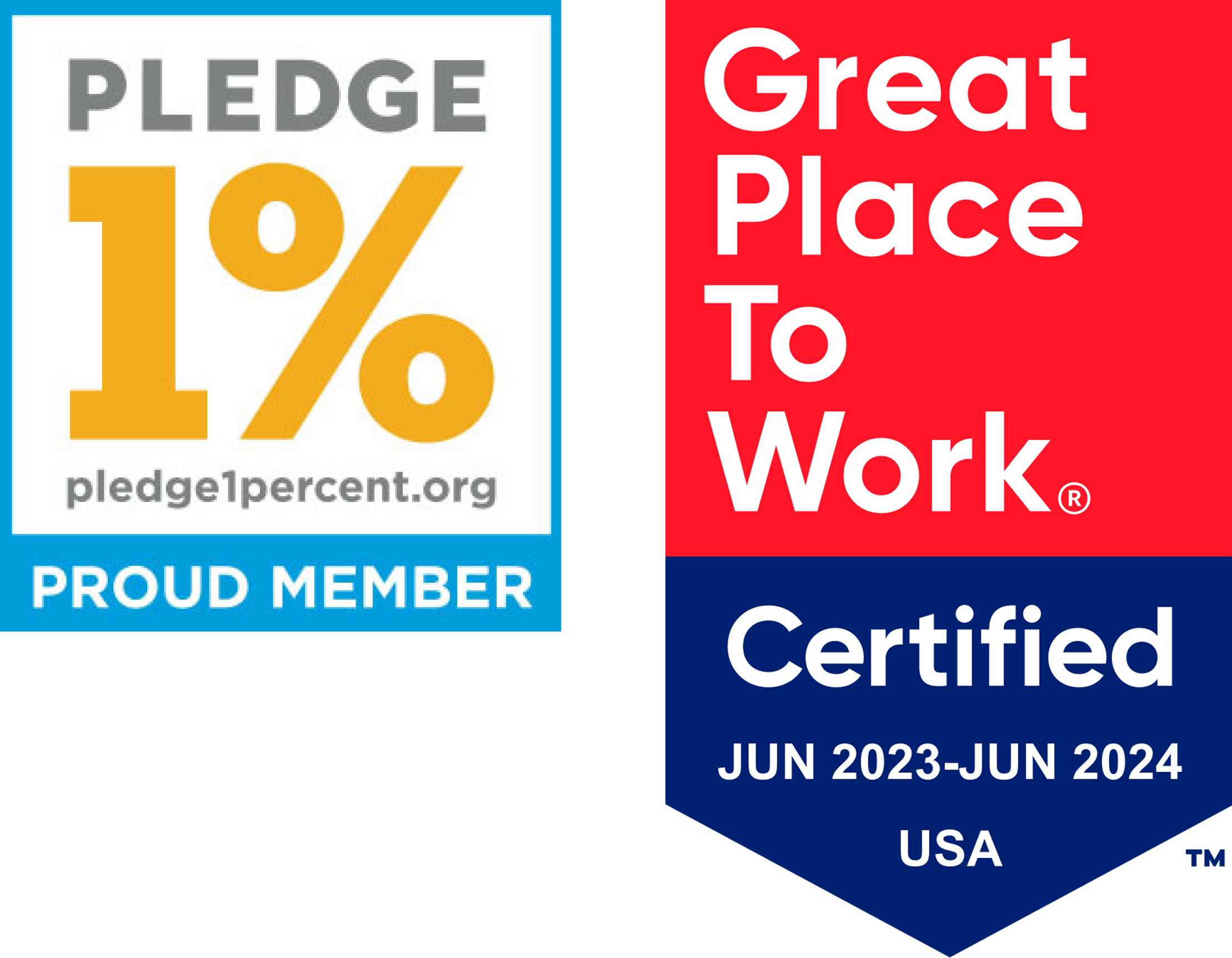Heady Thoughts
Insights on what’s now and what’s next in tech, mobile & digital products.
NEW LAUNCH: Weill Cornell Medicine's Maya app is now available for Android!
Insights on what’s now and what’s next in tech, mobile & digital products.
Our emails are (almost) as cool as our digital products.
Your phone will break before our apps do.

© 2025, Heady LLC.